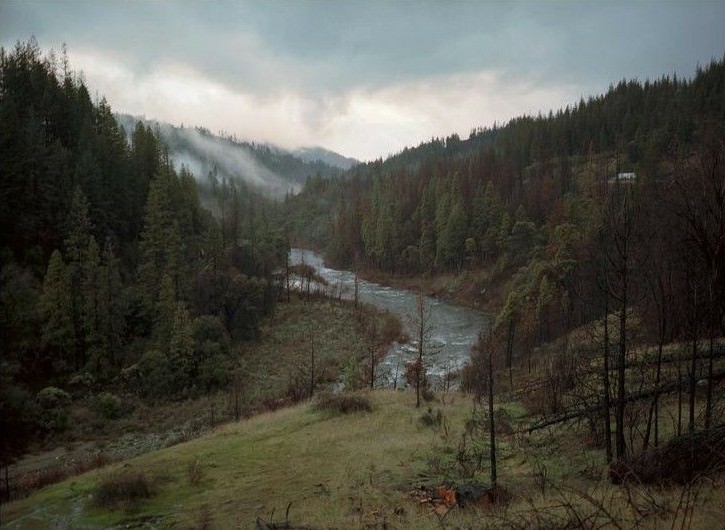Goodnight, Montana

Introduction
Open prairies stretch endlessly beneath a pale sky. Snow-capped mountains rise in the distance. So far, yet impossibly grand. And there, the woods: dense, shadowed, and somehow welcoming. And somewhere beyond the trees, a river murmurs its way downstream.
The cold spring wind brushes against his cheeks. The scent of wet soil and pine fills his lungs. He closes his eyes.
For a heartbeat, the world holds its breath with him. For the first time in a long while, the world feels... calm. And somewhere above, the clouds gather again, gentle but certain.
He glances down; blood stain his palms, his sleeves, the earth beneath him. A sudden wave of dread washes over him just as he forgets to breathe. His hands remain still, but his eyes widen. Rawhide stands there, wondering:
"And now what?"
Backround and History
Goodnight, Montana is an original story created on May 1st, 2025.
Set in the Montana Territory in the spring of 1882, it follows three men: Rawhide, Le Lapin, and Reverend Glasseye. Through their own respective paths, they each find their own way to survive. The story's core themes include nature's duality, found family and existentialism.
In many ways, GNM is more of a fluid concept rather than a strict story. It does not follow a plot and is instead heavily art-focused. The only strictly canon event is that of their introduction story. Although there is no central protagonist, the story is primarily told from a third-person limited perspective focusing on Rawhide.
The project was created rather spontaneously for the sake of participating in Art Fight. However, I ended up growing to love these characters more than I had intended, becoming my longest-enduring story to date.
Name Symbolism
Le Lapin represents denial - the first stage of survival. "The Rabbit" is the living flesh. It exists only to keep existing, running because to stop would mean to face its own death. It refuses reflection, refuses stillness. As long as its legs hold, it believes it can outrun what hunts it.
Rawhide represents process - the stage of exposure. The living flesh has been stripped away; the skin has been taken, but not yet transformed. It is caught between what it was and what it’s becoming. No longer alive, not yet made useful.
Reverend Glasseye represents acceptance - the final stage of transformation. The flesh is gone, replaced by something artificial, something constructed to fill the void. The glass eye sees, but does not feel; leaving only the trace of what it used to be. A kind of peace, but a hollow one.